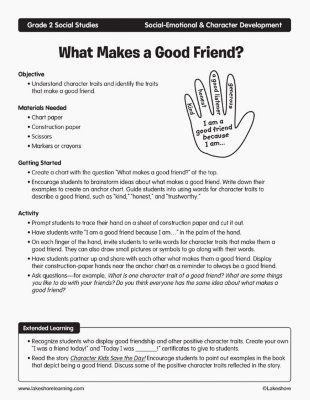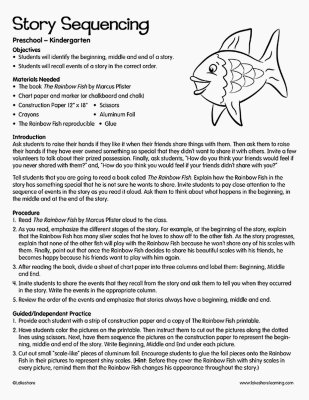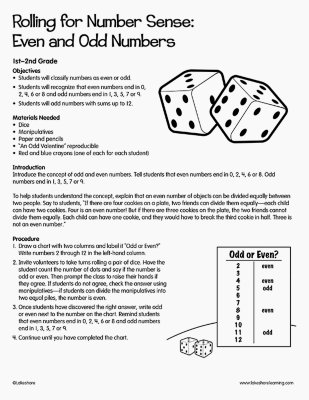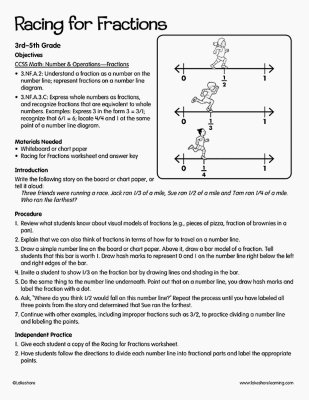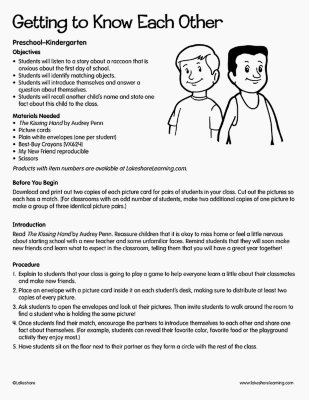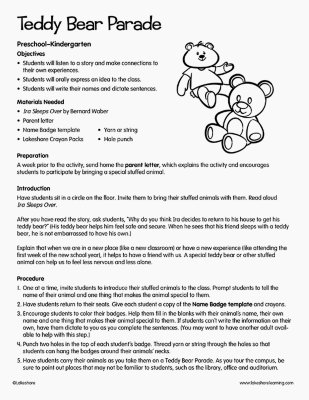Narrow by Grade
Grade
6 results for "safari friends"
What Makes a Good Friend?
2nd Grade
Objective
- Understand character traits and identify the traits that make a good friend.
Beginning, Middle and End
Pre-K - Kindergarten
Objectives Students will identify the beginning, middle and end of a story. Students will recall events of a story in the correct order. Materials Needed The book The Rainbow Fish by Marcus Pfister Chart paper and marker (or chalkboard and chalk) Construction Paper (12" x 18") Scissors Crayons Aluminum Foil Glue The Rainbow Fish Reproducible Introduction Ask students to raise their hands if they like it when their friends share things with them. Then ask them to raise their hands if they have ever owned something so special that they didn’t want to share it with others. Invite a few volunteers to talk about their prized possession. Finally, ask students, “How do you think your friends would feel if you never shared with them?” and, “How do you think you would feel if your friends didn?t share with you?” Tell students that you are going to read a book called The Rainbow Fish. Explain how the Rainbow Fish in the story has something special that he is not sure he wants to share. Invite students to pay close attention to the sequence of events in the story as you read it aloud. Ask them to think about what happens in the beginning, in the middle and at the end of the story.
View Lesson PlanRolling for Number Sense: Even and Odd Numbers
1st Grade - 2nd Grade
Objectives Students will classify numbers as even or odd. Students will recognize that even numbers end in 0, 2, 4, 6 or 8 and odd numbers end in 1, 3, 5, 7 or 9. Students will add numbers with sums up to 12. Materials Needed Dice Manipulatives Paper and pencils “An Odd Valentine” reproducible Red and blue crayons (one of each for each student) Introduction Introduce the concept of odd and even numbers. Tell students that even numbers end in 0, 2, 4, 6 or 8. Odd numbers end in 1, 3, 5, 7 or 9. To help students understand the concept, explain that an even number of objects can be divided equally between two people. Say to students, “If there are four cookies on a plate, two friends can divide them equally—each child can have two cookies. Four is an even number! But if there are three cookies on the plate, the two friends cannot divide them equally. Each child can have one cookie, and they would have to break the third cookie in half. Three is not an even number.”
View Lesson PlanRacing for Fractions
3rd Grade
Objectives CCSS Math: Number & Operations—Fractions 3.NF.A.2: Understand a fraction as a number on the number line; represent fractions on a number line diagram. 3.NF.A.3.C: Express whole numbers as fractions, and recognize fractions that are equivalent to whole numbers. Examples: Express 3 in the form 3 = 3/1; recognize that 6/1 = 6; locate 4/4 and 1 at the same point of a number line diagram. Materials Needed Whiteboard or chart paper Racing for Fractions worksheet and answer key Introduction Write the following story on the board or chart paper, or tell it aloud: Three friends were running a race. Jack ran 1/3 of a mile, Sue ran 1/2 of a mile and Tam ran 1/4 of a mile. Who ran the farthest?
View Lesson PlanGetting to Know Each Other
Pre-K - Kindergarten
Objectives Students will listen to a story about a raccoon that is anxious about the first day of school. Students will identify matching objects. Students will introduce themselves and answer a question about themselves. Students will recall another child’s name and state one fact about this child to the class. Materials Needed The Kissing Hand by Audrey Penn Picture cards Plain white envelopes (one per student) Best-Buy Crayons My New Friend reproducible Scissors Before You Begin Download and print out two copies of each picture card for pairs of students in your class. Cut out the pictures so each has a match. (For classrooms with an odd number of students, make two additional copies of one picture to make a group of three identical picture pairs.) Introduction Read The Kissing Hand by Audrey Penn. Reassure children that it is okay to miss home or feel a little nervous about starting school with a new teacher and some unfamiliar faces. Remind students that they will soon make new friends and learn what to expect in the classroom, telling them that you will have a great year together!
View Lesson PlanTeddy Bear Parade
Pre-K
Objectives Students will listen to a story and make connections to their own experiences. Students will orally express an idea to the class. Students will write their names and dictate sentences. Materials Needed Ira Sleeps Over by Bernard Waber Parent letter Name Badge template Yarn or string Lakeshore Crayon Packs Hole punch Preparation: A week prior to the activity, send home the parent letter, which explains the activity and encourages students to participate by bringing a special stuffed animal. Introduction Have students sit in a circle on the floor. Invite them to bring their stuffed animals with them. Read aloud Ira Sleeps Over. After you have read the story, ask students, “Why do you think Ira decides to return to his house to get his teddy bear?” (His teddy bear helps him feel safe and secure. When he sees that his friend sleeps with a teddy bear, he is not embarrassed to have his own.) Explain that when we are in a new place (like a new classroom) or have a new experience (like attending the first week of the new school year), it helps to have a friend with us. A special teddy bear or other stuffed animal can help us to feel less nervous and less alone.
View Lesson Plan